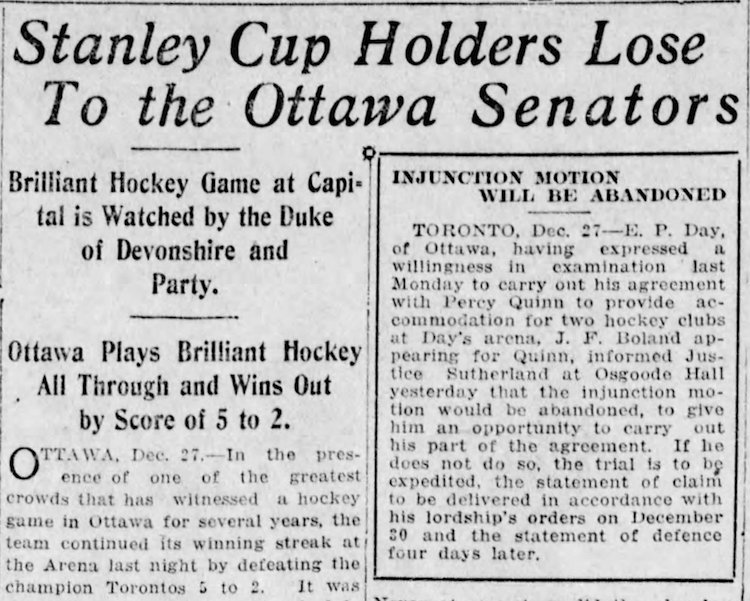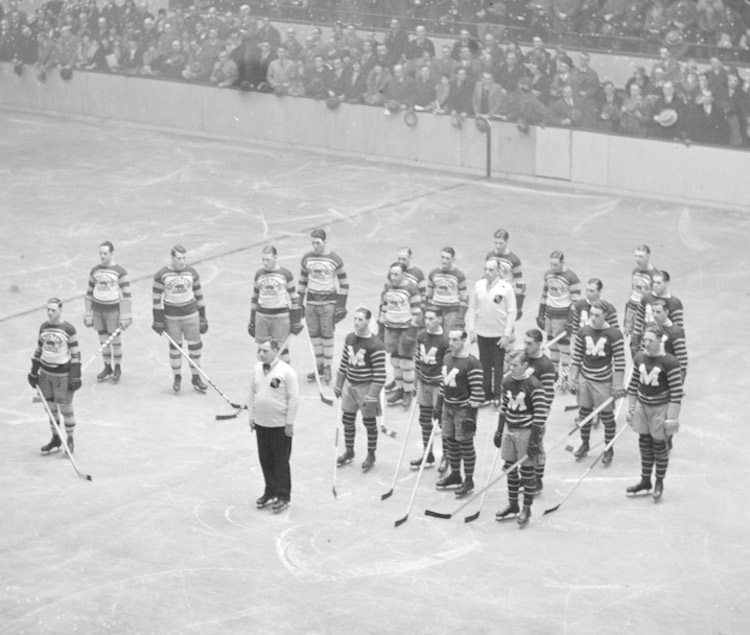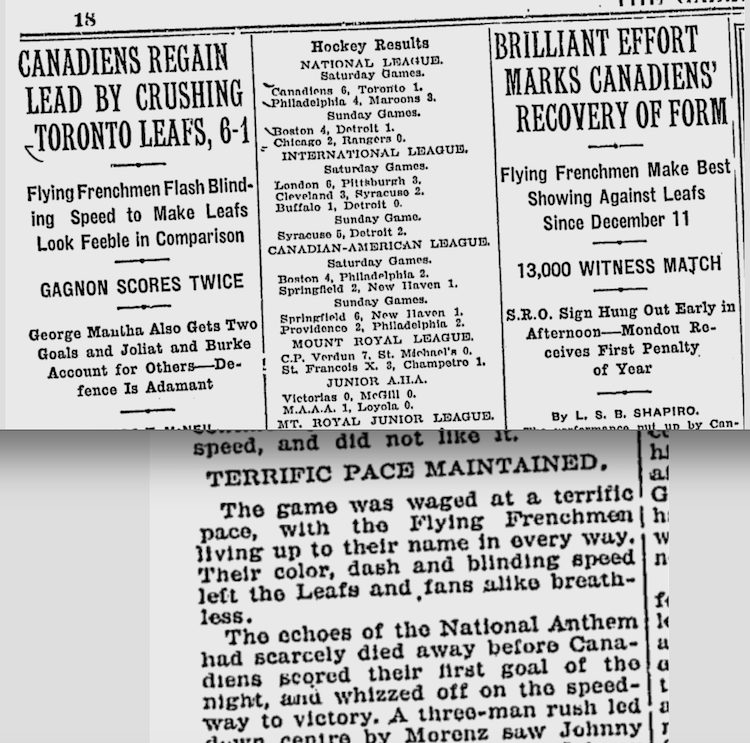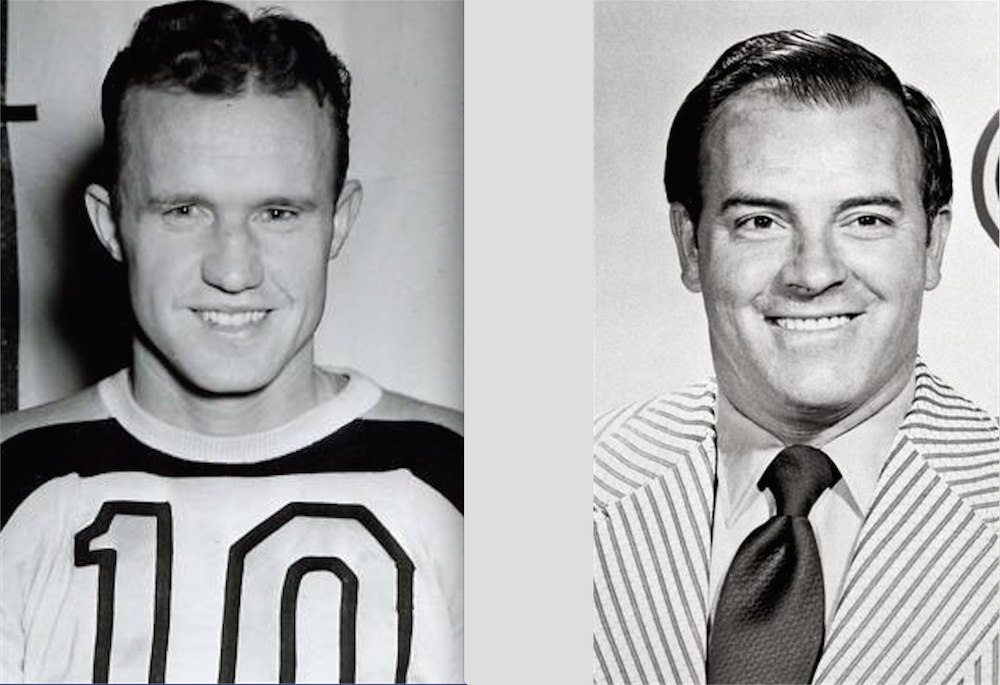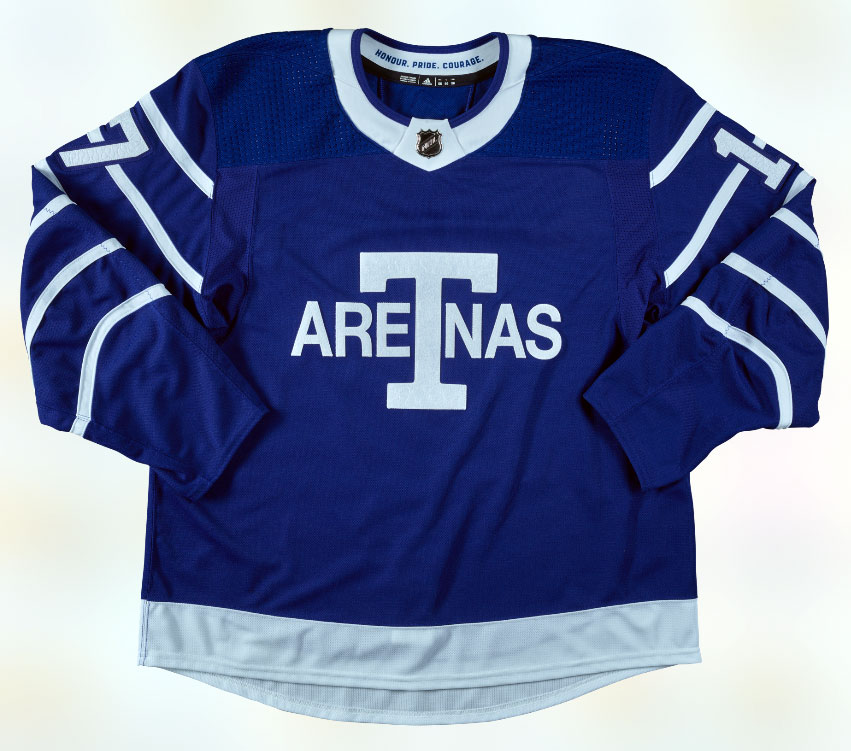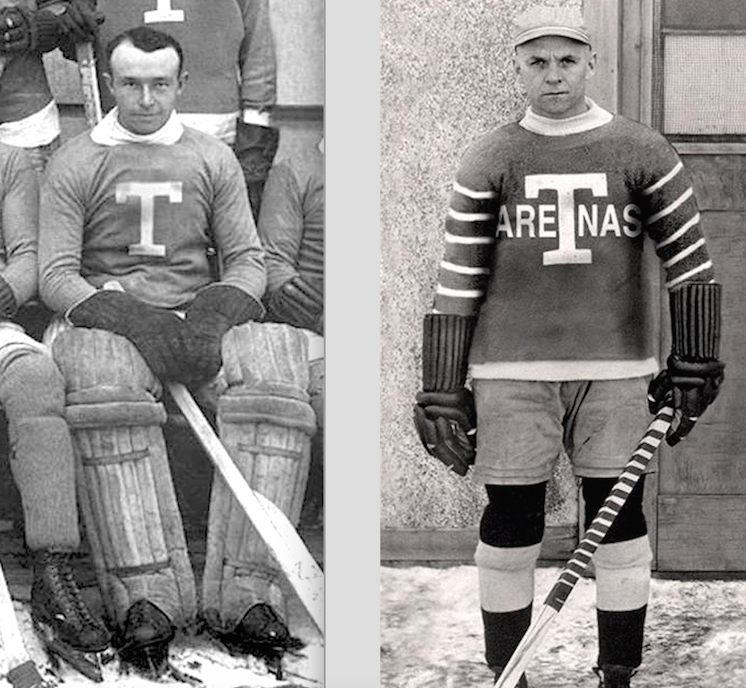My new book, The Toronto Maple Leafs: The Complete Oral History, will be released one month from today. Invitations to launch parties in Toronto and Owen Sound will be sent out in October. Meantime, click on this link for a sneak preview.
If you won’t be able to make either of the launches in November, you can pre-order a copy now. (The link has details.) And here’s what some advanced readers have thought of the book:

Eric Zweig captures what the Toronto Maple Leafs have meant to many hockey fans since their inception. I had particular interest in the decades following their 1967 Stanley Cup victory, and Eric captures the ups and downs of the team for all fans of hockey. I particularly enjoyed reading of the present state of the Maple Leafs and how Eric has detailed the rebirth and future of this franchise.
– Scotty Bowman, Hockey Hall of Fame Builder and winningest coach in NHL history
… I am so delighted that my distant journalistic pal, Eric Zweig, has produced this magnificent, insightful, and all-encompassing oral history of the Leafs I so much loved. To put it simply — and historically — the moment I began turning these pages, I felt precisely the same thrill as when I heard Foster Hewitt shriek He Shoots! He Scores!! on a big Don Metz goal in that classic 1942 playoff comeback. Eric Zweig wrote — and he scored!
– Stan Fischler, hockey historian, broadcaster, and author
A standout hockey book of Leaf fortunes and foibles with a twist. Zweig calls on numerous chroniclers of Leaf history to make this one hum. Leaf Nation will love it.
– Brian McFarlane, bestselling author and former broadcaster
Eric Zweig has bled blue and white since he was seven years old. But this is far, far from just a fan’s book. When you combine the abject fan with a fine historian and a writer’s ear for grand storytelling, you end up with the book on the Toronto Maple Leafs, from past grandeur through years of debacle to today’s future promise. A wonderful read.
– Roy MacGregor, bestselling author and Globe and Mail columnist
Eric Zweig is acknowledged within the hockey community as one of its premier historians, and he unequivocally proves why he has few equals in his field with this outstanding history of the Toronto Maple Leafs. Eric leaves no stone unturned with his exhaustive research in this truly entertaining but equally important book.
– Kevin Shea, hockey historian and author
Not just another history of the Toronto Maple Leafs, but generational work by one of hockey’s premier historians, period. Supremely researched and presented, as one would expect of Eric Zweig.
– Howard Berger, former Leafs radio reporter and creator of BetweenThePosts.ca
The hundred-year history of the Toronto Maple Leafs is so rich in drama and event and personality — there are even some (long-ago) Stanley Cups in there, somewhere. Trust Eric Zweig to wrangle it all into such a full and compelling narrative, which he has done — just as the Leafs look like they’re ready to dominate again.
– Stephen Smith, author of Puckstruck: Distracted, Delighted and Distressed by Canada’s Hockey Obsession

